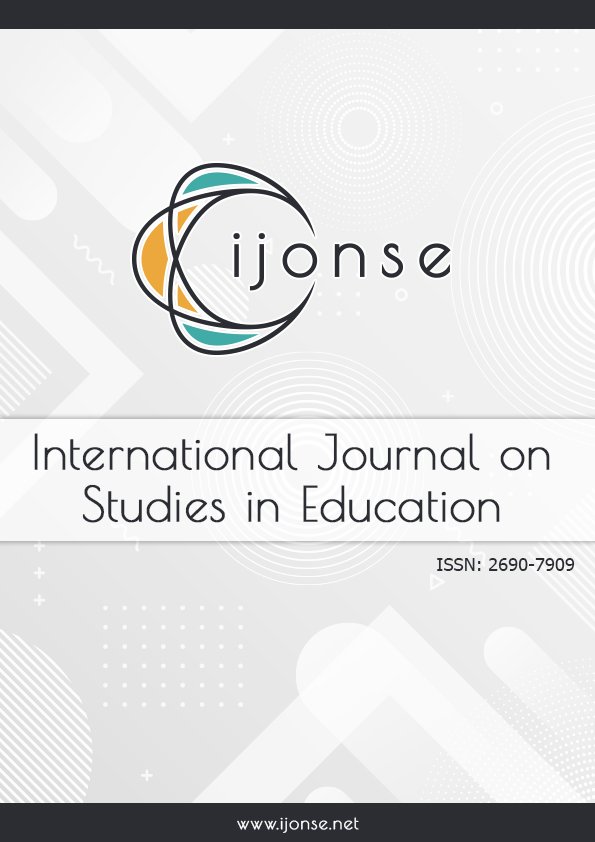The Invisibility of Chinese International High School Students: Perceived Support and Wellness during a Pandemic
DOI:
https://doi.org/10.46328/ijonse.120Keywords:
Chinese international students, High school, Student support, COVID-19Abstract
Asian youth in the US had the highest self-reports of poorer cognitive and emotional health during the COVID-19 pandemic. With Chinese international high school students comprising one of the top three sending countries in the US, understanding the offerings and utilization of school support during the pandemic is less known. This qualitative study addresses Chinese international high school student perspectives of the identified in- and out-of-school supports, along with in depth interviews to understand how these supports are being leveraged. Results indicate a range of identified offerings in- and out-of-schools–with social networks being the largest source of connectivity. Re-examination of current structures, in-school support, and communication with international students and families are needed. Recommendations include private schools leveraging cultural assets to provide greater connections between students and schools.References
Saito, L. E. (2023). The invisibility of Chinese international high school students: Perceived support and wellness during a pandemic. International Journal on Studies in Education (IJonSE), 5(2), 213-231. https://doi.org/10.46328/ijonse.120
Downloads
Published
Issue
Section
License
Articles may be used for research, teaching, and private study purposes. Authors alone are responsible for the contents of their articles. The journal owns the copyright of the articles. The publisher shall not be liable for any loss, actions, claims, proceedings, demand, or costs or damages whatsoever or howsoever caused arising directly or indirectly in connection with or arising out of the use of the research material.
The author(s) of a manuscript agree that if the manuscript is accepted for publication in the International Journal on Studies in Education (IJonSE), the published article will be copyrighted using a Creative Commons “Attribution 4.0 International” license. This license allows others to freely copy, distribute, and display the copyrighted work, and derivative works based upon it, under certain specified conditions.
Authors are responsible for obtaining written permission to include any images or artwork for which they do not hold copyright in their articles, or to adapt any such images or artwork for inclusion in their articles. The copyright holder must be made explicitly aware that the image(s) or artwork will be made freely available online as part of the article under a Creative Commons “Attribution 4.0 International” license.

This work is licensed under a Creative Commons Attribution-NonCommercial-ShareAlike 4.0 International License.





